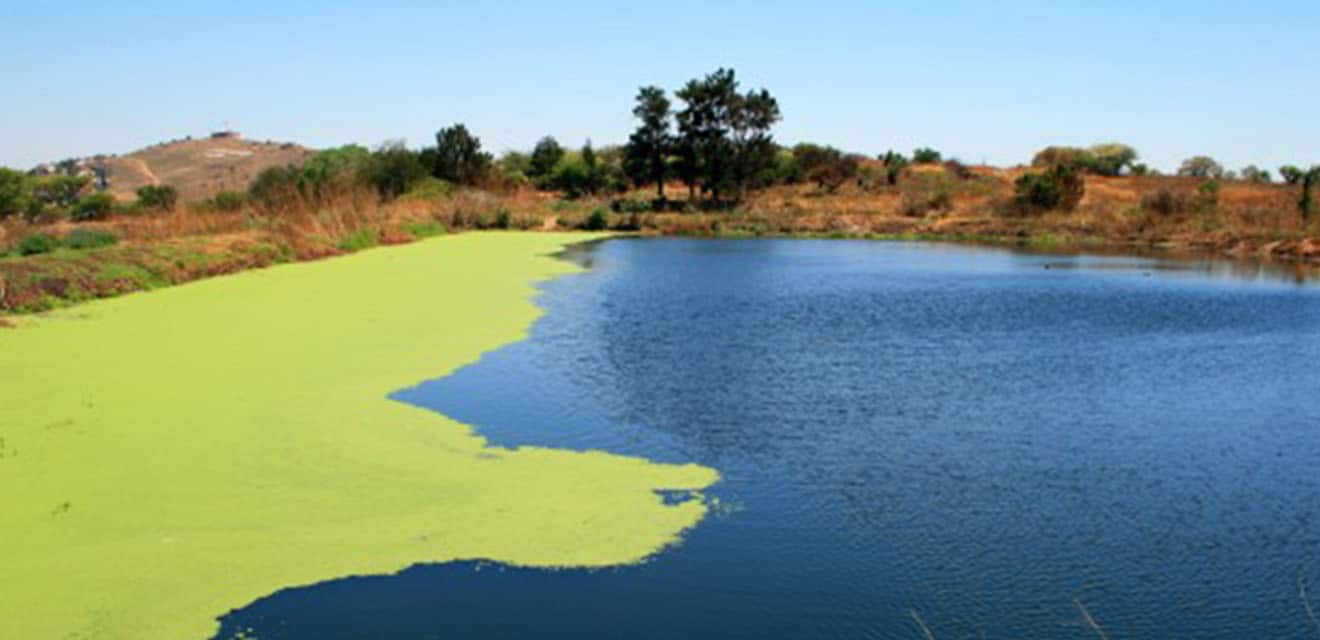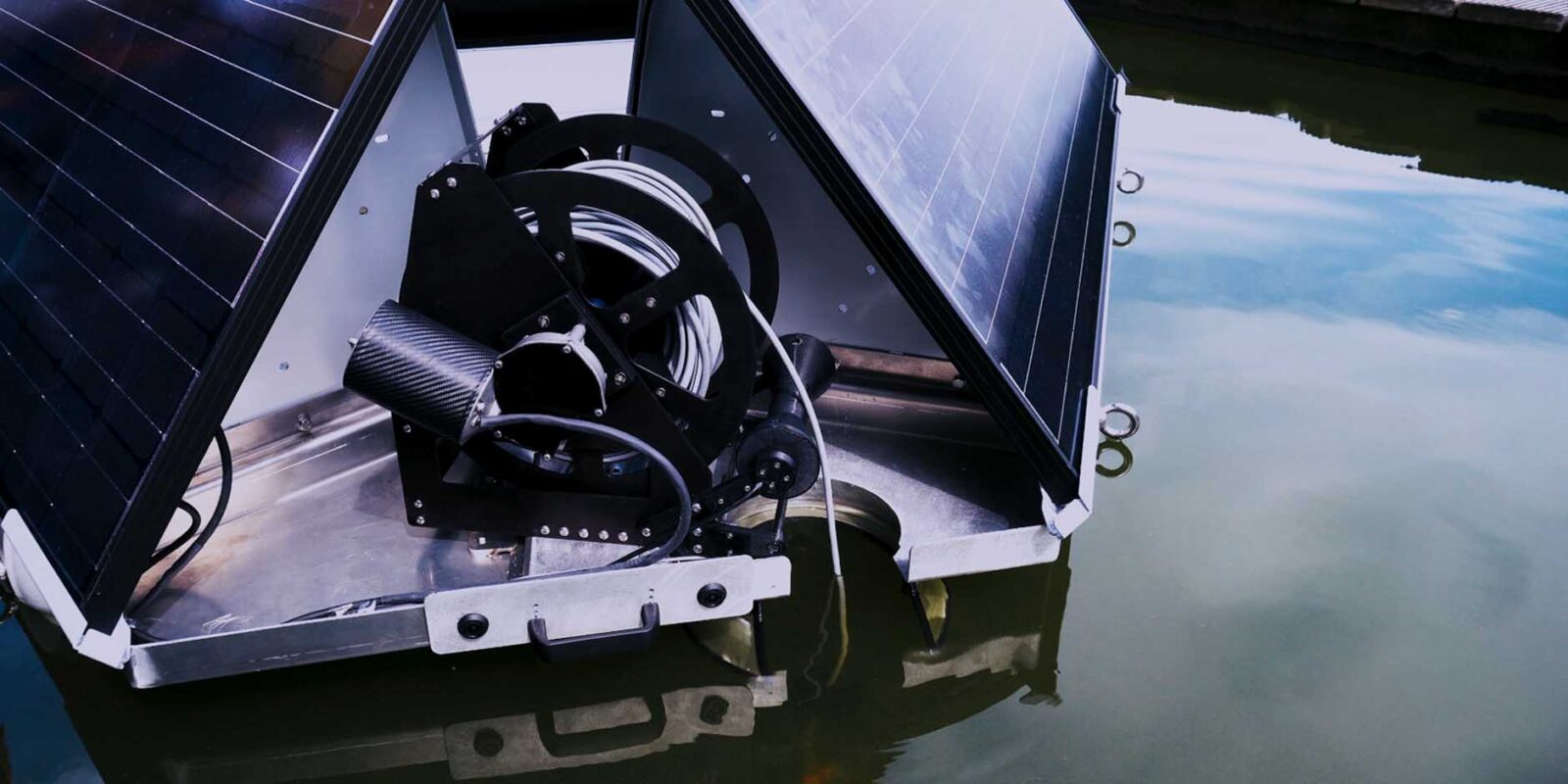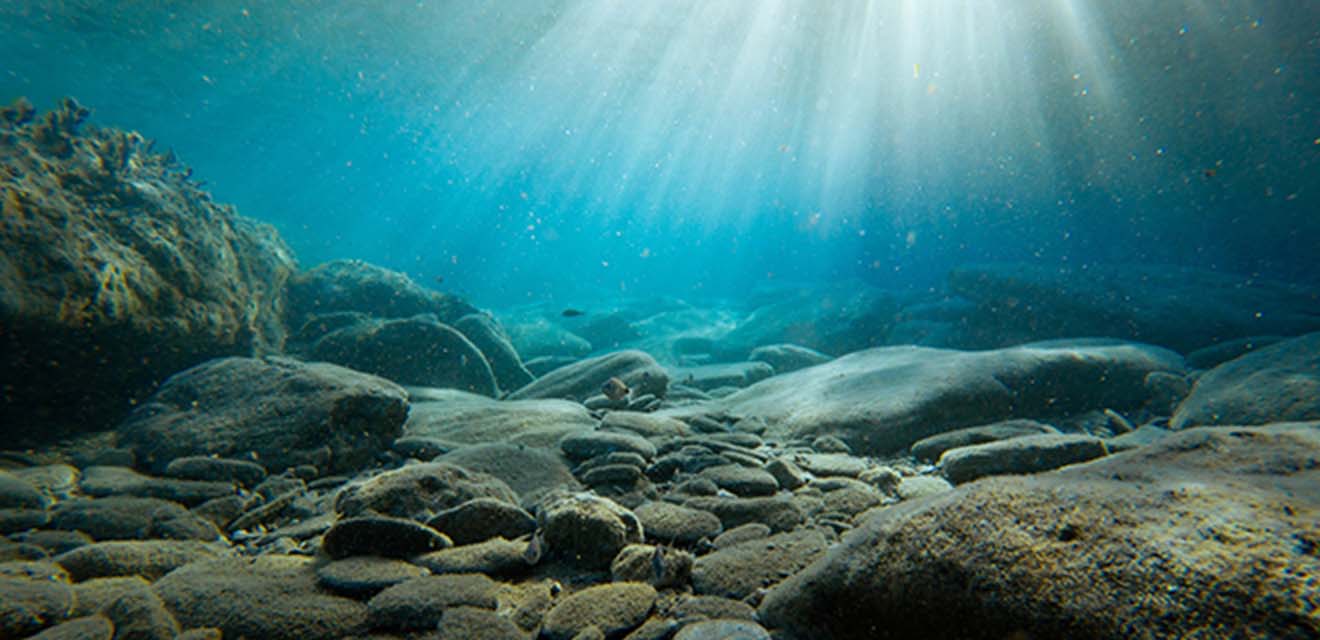In short
- Monitor the entire water column;
- Detect pollutants and harmful events early on;
- Save time and reduce costs.
#1 – Monitor at different depths
Monitoring strategies are an essential part of water resource management. In-situ monitoring and manual sampling help you keep specific water parameters in check. However, for a greater understanding of the water body, it’s important to also consider vertical profiling.
In short, a vertical profiling system is a monitoring instrument that measures water quality at multiple depths throughout a water column. It has a multi-parameter sonde integrated, which monitors key water parameters, including temperature, dissolved oxygen, pH, and chlorophyll a.
Water characteristics change throughout the water column. Many lakes and reservoirs go through seasonal cycles of thermal stratification. External factors such as rainfall or wind can alter physical, chemical, and biological conditions, changing the vertical structure of the water column. Here’s where a profiling system plays a key role.
For example, by evaluating temperature differences throughout a water column, the profiler helps determine where oxygen increases or decreases. It fosters a better understanding of the aquatic ecosystem and its chemical composition so that you can precisely know which intake is closest to the highest water quality.
#2– Detect algae blooms early on
A vertical profiler installed near a water intake can alert you when harmful algae blooms form. This way, you can determine where the best quality water is in the water column. Thus, you can prevent the release of algal toxins, as well as bad taste and odors caused by the algae. You reduce the risk of filter blockages and avoid operational slow-downs or shut-downs.

We’ve developed a vertical profiler that can be upgraded with our MPC-Buoy technology. Together, they form a powerful weapon against harmful blooms. The profiler analyzes the vertical distribution of the algae. The MPC-Buoy emits targeted ultrasonic programs into the water to stop algae growth. This algae management method is safe for aquatic life.
#3 – Save time and reduce costs
It’s important to remember that water characteristics vary from meter to meter and change from one day to another. Therefore, manual sampling alone is not always representative of the entire water body. Instead, combining manual sampling, in-situ monitoring, remote sensing, and vertical profiling can greatly improve the accuracy of water quality monitoring.
With vertical profiling, you can make informed treatment decisions based on real-time water quality conditions. You can optimize the treatment to target exactly what you need. Gain early warnings about possible harmful events approaching towers that draw drinking water, as well as reduce the need for frequent field trips to collect water samples.
This method of proactive water resource management saves you time and costs.

